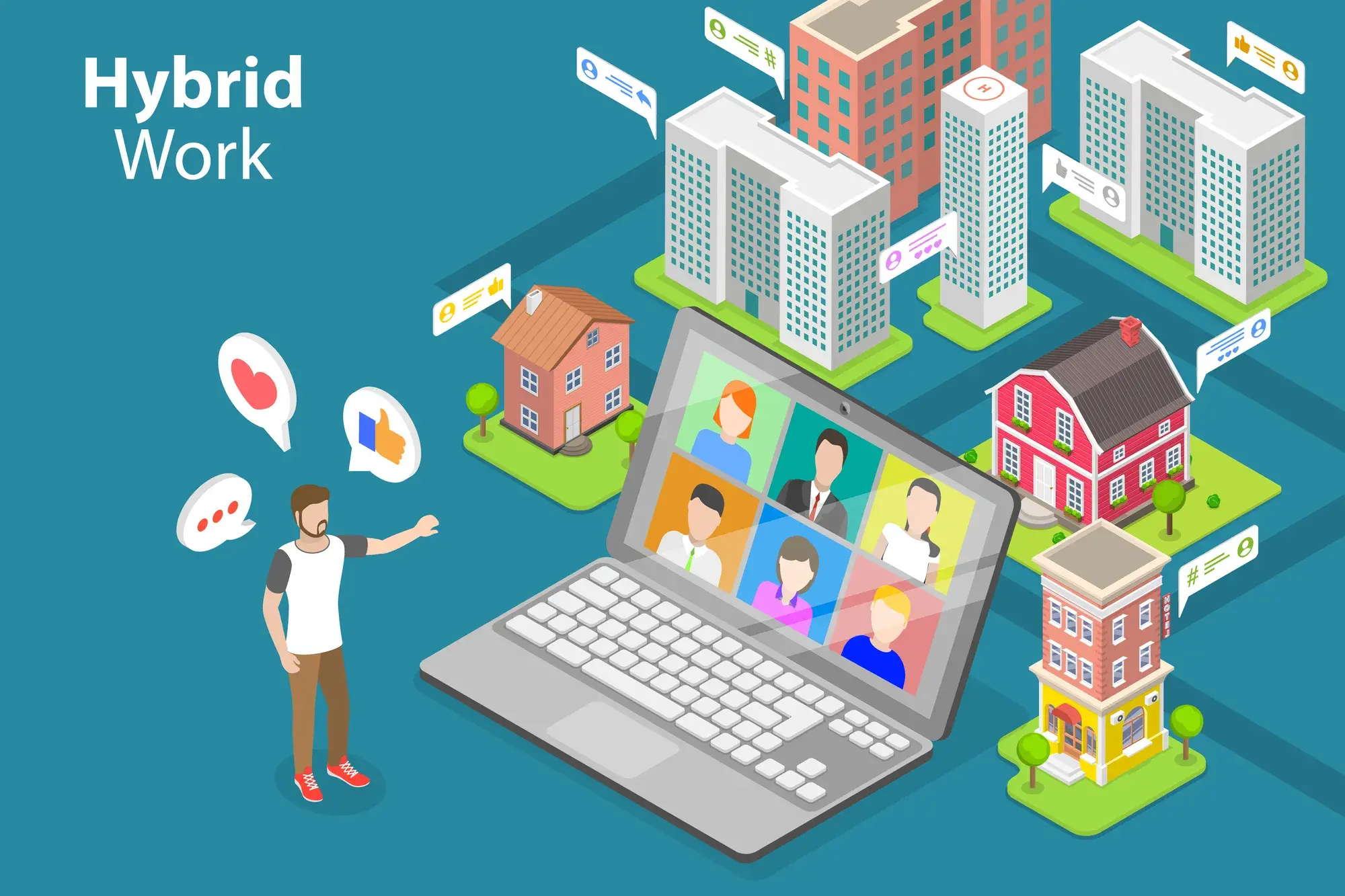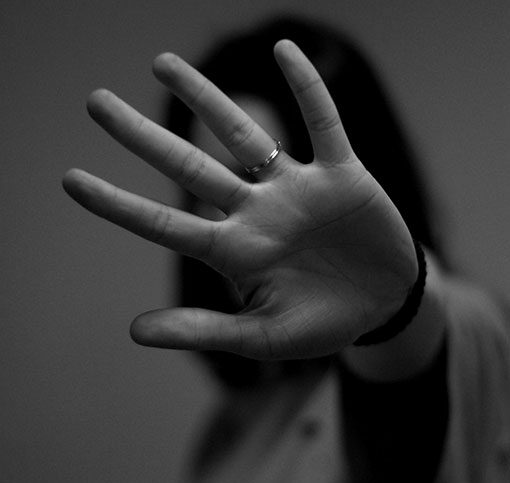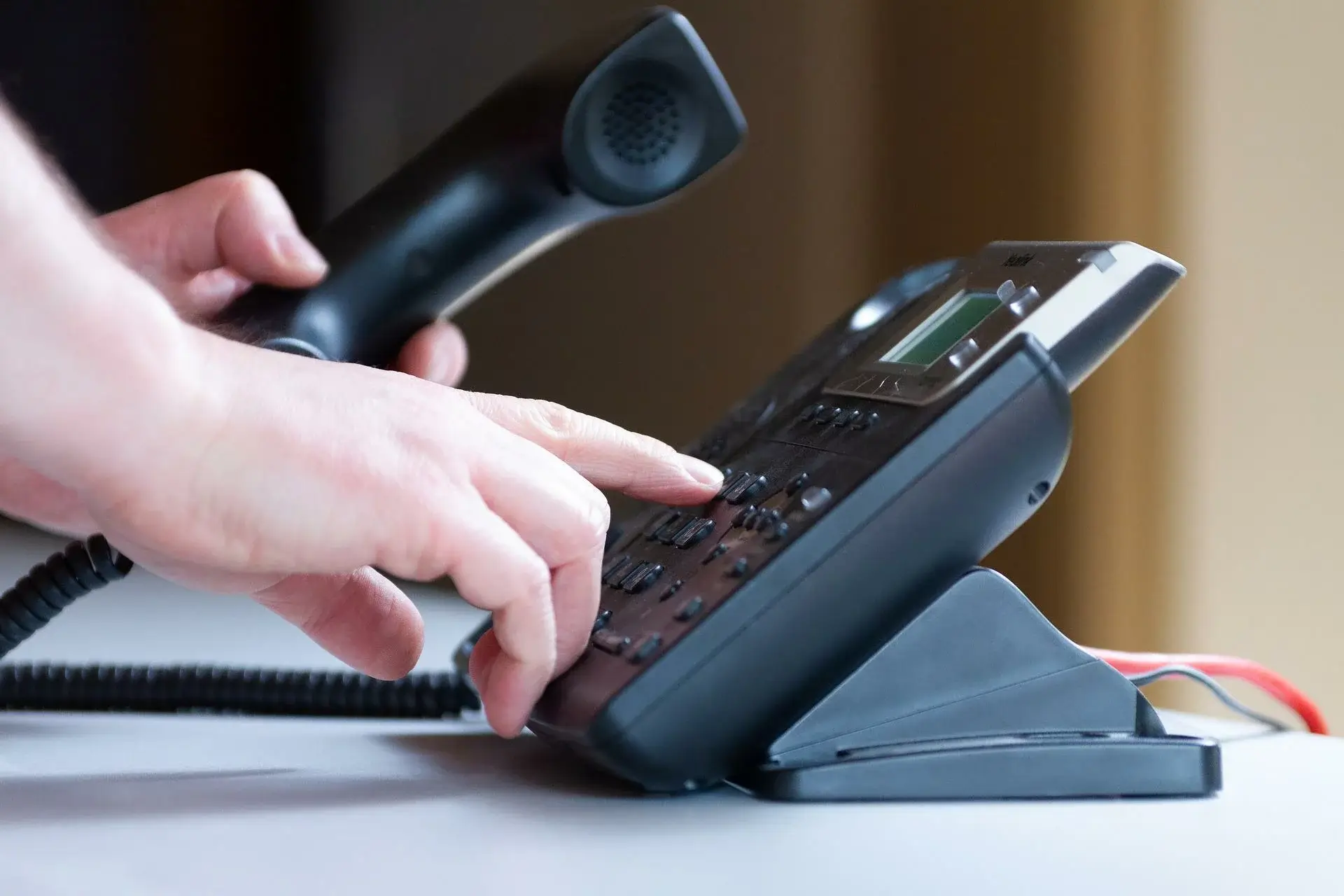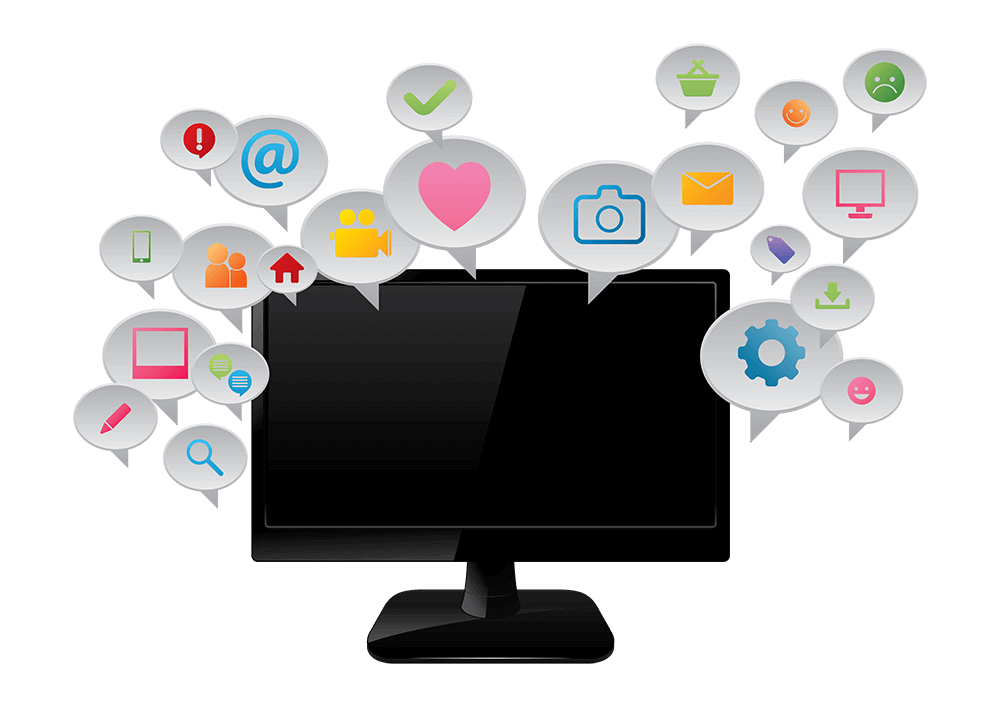June 6, 2022 |

When an employer grants you a job interview, you’ll want to do everything you can to make sure you leave a good impression.
Getting an interview in the first place is hard enough, so the last thing you want to do is mess it up. What you wear to your interview can affect the outcome, which is why it’s important to carefully consider how you dress.
Preparing for an interview can be a challenging process, and trying to figure out what to wear is an added stress. Fortunately, the following guide can help you dress appropriately for your job interview so you can leave a great impression.
The Importance Of Wearing The Perfect Interview Outfit
The clothes you wear to an interview are important. What you wear can be the deciding factor on whether or not you get the job. The reason for this is simple: first impressions matter. The way you dress tells interviewers a lot about who you are and what you’ll be like as an employee.
If you show up to an interview looking disheveled or unprofessional, the employer is going to think that you are not serious about the job or that you do not respect the company. This impression of you will linger, even if the rest of the interview goes well.
Strategies For Choosing The Best Outfit
No employer or job is the same, which means the way you should dress for an interview will vary based on who you’re interviewing with. You’ll want to take into account various factors, such as the company itself, the company dress code, the nature of the work, what role you’re applying for, and much more.
The following are a few tips on how to identify the appropriate way to dress for your interview:
Contact Your Recruiter Or Ask A Current Company Employee
An easy way to figure out the appropriate way to dress is by contacting your recruiter and asking. Moreover, if you know somebody working at the company you’re applying to, you can contact them to inquire about the dress code.
Research The Company on Social Media
Find out more about the company on their social media.Many companies will post photos of their employees at company events or even working in the office. These photos can give you a good idea of what the company considers to be professional attire.
Look Up The Company Website
Besides looking at the social media accounts of the company you’re applying to, look at their online profiles as well. These will often contain photos of their employees or even videos that can give you a better idea of the company culture and dress code.
Four Tiers Of Interview Outfits For Women
Interview dress attire for women generally falls into four main categories. Based on the information you’ve gleaned about the company’s dress code, it’s likely one of these four categories will help you choose the most suitable attire.
These categories include the following:
1. Smart Casual For Women
The smart casual outfit is perfect for jobs that take place in a more informal setting. For example, smart casual is ideal if you’re interviewing for a high school teaching position or a graphic designer position.
Smart casual also allows you to show your personality while showcasing your personality and personal style.
Some examples of a smart casual outfit include:
- A tailored blazer with dark-wash jeans
- A collared shirt with chinos
- Solid colored t-shirts paired with a blazer or cardigan
- Ballerina flats or casual heels
2. Business Casual For Women
While smart casual is a great choice for many industries, there are some interviews where you’ll want to dress more formally. Business casual is perfect for these types of interviews. It’s still professional without being too formal. For example, a lower management position at a retail store.
A few options for business casual attire include:
- A tailored blazer with dress pants
- A dress shirt with a blazer or sweater
- A button-down shirt with a skirt or slacks
- A button-down shirt with a skirt or slacks
3. Executive Casual For Women
There are some job interviews where you’ll want to dress to impress. Executive casual can be the solution to help you execute the dress code. Generally, this is a good option for higher-level positions, in fields such as marketing, media, or technology .
Some choices for executive casual attire include:
- A tailored blazer with a dress shirt or blouse
- Slacks or skirt with a dress shirt or blouse
- Dress pants with a sweater or blazer
- A sheath dress
- Closed-toe dress shoes or heels
4. Business Formal For Women
Business formal attire is required for positions in upper management, legal positions, or other highly professional roles. It also tends to be the best way to go for any job in a more formal office setting. If you’re unsure whether or not business formal is required, it’s always best to err on the side of caution and dress up.
Options for business formal attire include:
- A tailored suit in a dark color
- Dress pants or a skirt with a button-down shirt
- A tailored dress
- Dress shoes or heels
Four Categories Of Interview Attire For Men
As with the interview attire for women, men have the same four dress code categories for a job interview. Of course, men’s attire is different, therefore dressing for each tier is different as well.
With that in mind, the following is a breakdown of the four tiers of interview attire for men:
1. Smart Casual For Men
Smart casual is appropriate for any job setting that’s more informal in nature (such as teaching elementary school through high school). It’s also appropriate for any manual labor jobs where you want to make a good impression but where the job setting allows you to dress down (such as factory or construction jobs).
The following are a few ideas for dressing smart casual:
- Dark-colored tailored jeans with a button-up shirt
- Chinos or khakis paired with a polo shirt
- Slacks with a solid color t-shirt and a blazer or cardigan
- Loafers or upscale sneakers
2. Business Casual for Men
The second tier of interview attire for men is business casual. This look is slightly more formal than smart casual. Business casual is appropriate when interviewing for lower management jobs or professor positions at universities.
The following are a few ways to dress business casual:
- A dress shirt with a tie (no vest)
- A blazer with a dress shirt or polo shirt
- Dress pants with a belt and dress shoes
- A sweater or collared shirt with slacks
- Boots or dress shoes
3. Executive Casual for Men
The third tier of interview attire for men is executive casual. This look is more formal but still has a touch of casualness. Executive casual is perfect for interviews in industries such as marketing, media, and other creative fields.
The following are ways to dress executive casual:
- A blazer with slacks or dark-colored jeans
- A dress shirt with a tie and slacks or dark-colored jeans
- A sweater with a collared shirt and slacks or dark-colored jeans
- Dress shoes, loafers, or boots
4. Business Formal For Men
The fourth and final tier of interview attire for men is business formal. This look is perfect for interviews in more professional or conservative industries such as law, accounting, and medicine. If you’re interviewing for a job in a formal office setting, business formal is your best option.
The following are a few options for business formal attire:
- A tailored suit in a dark color
- A dress shirt with a tie and dress pants
- A blazer with dress pants
- Dress shoes
What You Should Never Wear To A Job Interview
Now that you have a pretty good idea of how to choose the appropriate interview attire, it’s also helpful to know what to avoid.
The following are a few tips on what you should never wear to a job interview, no matter how casual the company culture may appear to be.
Baggy Clothes
Baggy clothes are never a good choice for an interview, no matter what the style. They can make you look disheveled and unprofessional. Stick to well-fitting clothes that make you look put together and professional.
Revealing And Flashy Outfits
It’s important to dress somewhat modestly for an interview, no matter what the company culture may be like. Wearing revealing or flashy clothing is not appropriate and can come across as unprofessional. The last thing you want to do is make the interviewer feel uncomfortable.
Clothing With Writing Or Logos
While you may want to show off your personality with your outfit, it’s best to avoid clothing with writing or logos. They can be distracting in a professional setting.
Too Many Accessories
Certain accessories can help you showcase your personality, whether it’s a bracelet, a watch, earrings, or a necklace. As long as your accessories aren’t overly distracting, they can help contribute to your overall appearance.
However, don’t go overboard. Too many accessories can make you look like you’re trying too hard and they can be distracting in an interview setting.
Unconventional Grooming Practices
Your grooming practices are also important when it comes to your interview attire. Avoid unconventional hairstyles or hair colors. For example, perhaps don’t go into a job interview with a green-dyed spiked-up mohawk.
Instead, make sure you’re well-groomed and that your hair is neat and tidy.
If your individual style stands out too much, employers might see this as a sign of a rebellious nature, which is not something they’re usually looking for.
Too Much Makeup
You always want to look your best for an interview. Wearing too much makeup can overcomplicate the look.. Stick to a more natural look that will help you come across as confident and put together.
Sandals Or Flip-Flops
Even if the company culture is very casual, it’s never a good idea to wear sandals or flip-flops to an interview. They’re simply too informal and you run the risk of looking unprofessional. Instead, opt for dress shoes or flats that are professional and polished.
Clashing patterns or prints (For Video Interviews)
When interviewing on video, make sure you consider the background and the capabilities of the camera. Busy patterns or bright colors can be blurry on camera, or clash with the background and make it difficult for the interview to see you.
Stick to solid, neutral colors so the interview can focus on what you are saying, rather than what you are wearing.
Additional Tips To Ace The Interview
Now that you know what to wear to an interview, there are a few additional tips regarding your dress attire to help you ace it:
- Do a dress rehearsal: Before your interview, make sure to do a dress rehearsal. This will help you feel more confident on the day and ensure that your outfit is comfortable. It’s also a way to prepare and reduce the last minute stress of trying to put together an outfit right before your interview.
- Wear an outfit that fits well and is comfortable: Even if you love the way an outfit looks, make sure that it fits well and is comfortable. You want to be able to focus on the interview and not have to worry about your clothes. If you’re uncomfortable during the interview, the interviewer will notice.
- Be confident with your posture: The way you carry yourself also matters. Make sure to practice your posture and sit or stand up straight. This will make you look more confident and presentable.
- Meet with a fashion consultant: Finally, if you’re still unsure about what to wear or how to put together a professional outfit, consider meeting with a fashion consultant.
They can help you figure out what to wear for your interview and career field. Fashion consultants are particularly helpful if you’re interviewing for a high-level position.
Dress For Success – You Can’t Go Wrong With The Right Outfit!
Your interview attire is important and can make a big impression on potential employers. Make sure to choose an outfit that is professional, well-fitting, and comfortable.
Avoid anything that is informal or that might take attention away from you. By following these tips, you can focus your time and energy on the actual interview itself and getting the job.
Want more content? Read about how to avoid potential discrimination claims in the workplace.
Make a great first impression at your next job interview.
BROWSE OUR JOB BOARD TODAY!
This blog post is intended for informational purposes only and does not constitute legal advice. No attorney-client relationship is created between the author and reader of this blog post, and its content should not be relied upon as legal advice. Readers are urged to consult legal counsel when seeking legal advice.








